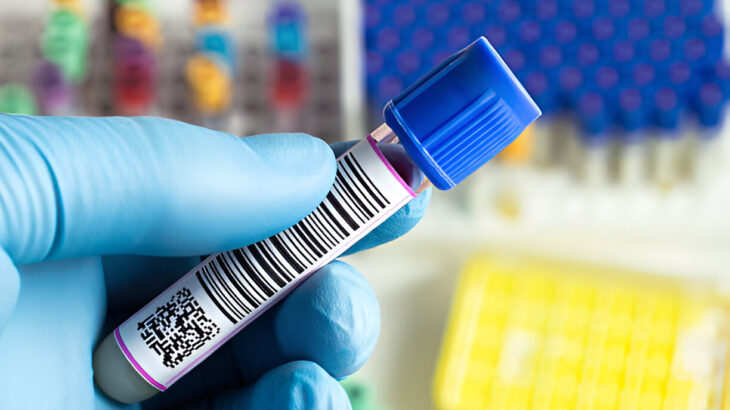In today’s world, more and more people are concerned about the environment. From reducing plastic waste to saving energy, there’s a growing need for businesses to make their products more eco-friendly. The pharmaceutical industry, which produces medicines that people depend on, is no exception. One key area where companies can make a difference is in Sustainability Pharmaceutical Labeling. But what exactly does environmental sustainability mean in this area, and how can pharmaceutical companies meet these challenges? Let’s take a closer look at the issue.
What is Environmental Sustainability in Pharmaceutical Labeling?
Environmental sustainability refers to practices that help protect the environment for future generations. In pharmaceutical labeling, it means using materials and processes that are eco-friendly, reduce waste, and minimize pollution. It involves designing labels that are recyclable, biodegradable, or made from renewable resources.
Pharmaceutical companies are now being encouraged to consider the environmental impact of their products, including the packaging and labels. The goal is to reduce the carbon footprint, conserve natural resources, and reduce pollution. This is especially important in the pharmaceutical industry because of the large volume of products produced every year.
Challenges of Sustainable Pharmaceutical Labeling
While the idea of sustainable pharmaceutical labeling is important, it comes with several challenges. Some of the main difficulties include:
1. Material Costs and Availability
One of the biggest challenges is the cost and availability of sustainable materials. Many eco-friendly label materials, such as biodegradable plastics or recycled paper, are often more expensive than traditional materials. This can make it difficult for pharmaceutical companies to switch to greener options without raising their prices.
2. Durability and Functionality
Pharmaceutical labels need to be strong and durable to withstand transportation and storage. They also need to be able to provide important information, such as dosage instructions, expiration dates, and warnings. Some sustainable materials might not be as durable or functional as traditional options, making it harder to create labels that meet both environmental and regulatory requirements.
3. Lack of Standardized Regulations
There is also a lack of standardized regulations for sustainable labeling in the pharmaceutical industry. Different countries and regions may have different rules about what materials can be used or how labels must be applied. This makes it difficult for pharmaceutical companies to adopt consistent, sustainable labeling practices across their product lines.
4. Consumer Awareness
While many consumers are becoming more aware of environmental issues, not everyone understands the importance of sustainable pharmaceutical labeling. As a result, some people may not see the value in eco-friendly labels and may be more focused on price or product effectiveness rather than the environmental impact.
Solutions to Promote Environmental Sustainability in Pharmaceutical Labeling
Despite these challenges, there are several solutions that can help promote sustainability in pharmaceutical labeling. Companies are already making strides toward more eco-friendly labeling practices. Here are some ideas that could help:
1. Use of Recycled Materials
One way to make pharmaceutical labels more sustainable is by using recycled materials. This includes using paper, plastics, or other materials that have been recycled and repurposed. By doing this, companies can reduce the demand for new raw materials and help keep waste out of landfills.
2. Biodegradable and Compostable Labels
Another solution is to use biodegradable or compostable labels. These labels break down naturally over time, reducing their impact on the environment. They can be made from plant-based materials, such as cornstarch or sugarcane, which are renewable resources. Using these labels can help reduce the long-term environmental footprint of pharmaceutical products.
3. Digital Labels
In some cases, pharmaceutical companies can use digital labels. These labels can be scanned by smartphones or other devices to provide product information, such as dosage and warnings, without the need for physical labels at all. This could drastically reduce the amount of paper and plastic used in packaging.
4. Efficient Label Printing
Pharmaceutical companies can also reduce their environmental impact by using efficient printing technologies. This includes using less ink, printing on demand to avoid waste, and choosing printing methods that consume fewer resources. By optimizing the printing process, companies can help reduce their carbon footprint.
5. Consumer Education
Finally, educating consumers about the importance of sustainable labeling can help create more demand for eco-friendly products. Pharmaceutical companies can use their labels to provide information about how to recycle or dispose of them properly. This can encourage consumers to take responsibility for their waste and support sustainable practices.
The Future of Pharmaceutical Labeling
The pharmaceutical industry is already making progress in adopting more sustainable labeling practices. As consumer demand for eco-friendly products grows, companies are likely to continue finding new ways to reduce the environmental impact of their packaging. With the right materials, processes, and awareness, pharmaceutical companies can create labels that are both functional and sustainable, helping to protect the planet for future generations.
Conclusion
Environmental sustainability in pharmaceutical labeling is an important issue that the industry must address. While there are challenges to adopting eco-friendly practices, solutions such as using recycled materials, biodegradable labels, and efficient printing technologies can help reduce the environmental impact of pharmaceutical packaging. As the demand for sustainable products continues to grow, pharmaceutical companies will need to find innovative ways to make their labels both environmentally friendly and effective in delivering crucial product information.
